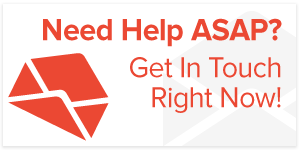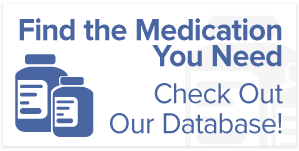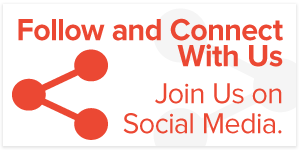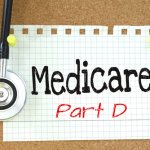How to Know If You Qualify for Prescription Drug Assistance Programs
When you’re staring at a $400 prescription you can’t afford, it’s easy to feel stuck. You’re not alone. A 2024 KFF Health survey found that 29% of U.S. adults didn’t fill at least one prescription last year due to cost.
Thankfully, prescription drug assistance programs exist; however, many people hesitate to apply because they don’t know if they qualify.
This guide will help you understand the most common eligibility criteria in 2025, which include factors such as income, insurance coverage, and medical requirements, so you can self-screen before starting an application.
Whether you’re seeking financial assistance to fill prescriptions for yourself or another, this guide is your first step.
Why Eligibility Matters
More people than ever are turning to prescription assistance organizations due to rising costs. As a result, manufacturer programs like Pfizer, Janssen, and Lilly Cares Prescription Assistance have tightened their eligibility rules.
Understanding if you qualify ahead of time saves you paperwork, time, and delays. Many full-service prescription assistance programs now pre-screen patients before submitting applications.
1. Income Requirements in 2025
Most programs are income-based, typically accepting applicants earning up to 300–400% of the Federal Poverty Level (FPL). That’s about $60,000–$80,000/year for a family of four.
Assistance by other programs also varies depending on the drug or its availability.
If you’re unsure if or how much you qualify, a prescription assistance organization can help interpret your eligibility based on your household size and situation.
2. Insurance Status: Uninsured vs. Underinsured
You don’t need to be completely uninsured to qualify. Most programs support underinsured patients; those with high out-of-pocket costs or insurance plans that exclude their medication.
Some of the common qualifying situations include:
- High deductibles.
- Medicare Part D coverage gaps.
- Insurance that excludes certain drugs.
3. Medical Need or Diagnosis
Many programs require a valid prescription and diagnosis. Some may also request physician verification, especially for condition-specific support like:
- Diabetes prescription assistance.
- Asthma prescription assistance.
- Heart disease prescription assistance.
For patients with complex or severe illness, certain programs simplify documentation or accept caregiver input.
4. What You’ll Need to Apply
Patients are expected to submit the following documents:
- Proof of income (e.g., pay stubs or tax return)
- Government ID
- Insurance information or proof of no coverage
- A current prescription
Some pharmaceutical manufacturers such as Pfizer or Lilly Cares may also ask your doctor to submit a form.

Many manufacturers now require patients to submit a doctor’s note among their documents
Where To Get Help
Understanding your eligibility is the first step toward getting financial assistance for prescriptions, but the rules aren’t always easy to navigate alone.
If you’re unsure where to start, Advocate My Meds can help. They’re a full-service prescription assistance program that’s been helping patients since 2012 in handling paperwork, screening patients for the right programs, and simplifying the entire prescription assistance enrollment process.
Whether you’re looking into applying for a Janssen, Pfizer, Novo Nordisk, or Lilly Cares prescription, their team can help you apply with confidence.
Save yourself from stressing out in the process; Contact them for help!







